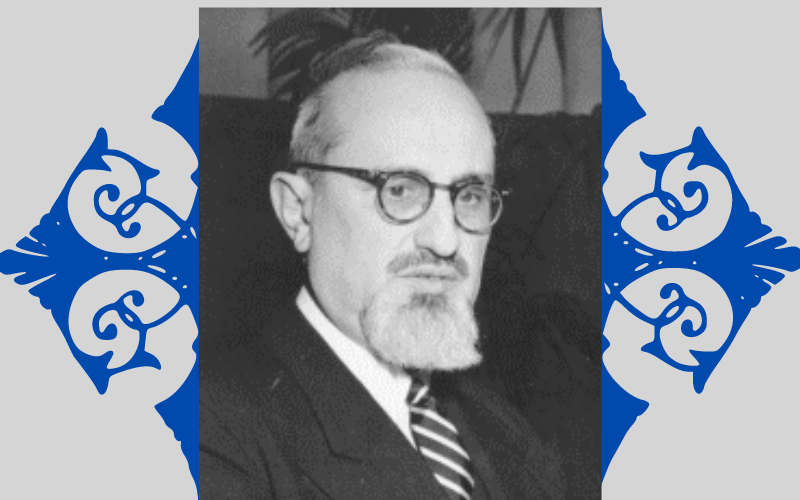Yosef Lindell
Lehrhaus, July 14, 2021
Eli Tziyon, with its haunting dirge-like melody, signals the end of kinnot on Tishah Be-Av morning in the Ashkenazic tradition. The kinnah seems a fitting conclusion. It sums up the misery of the day, chronicling why Zion laments—the exile of its people, the cessation of the sacrifices, the loss of life, the mocking of its enemies. As Rabbi Joseph B. Soloveitchik explains, Eli Tziyon “is the closing kina” because its message is that “no matter how much we have cried and grieved with the recitation of the kinot, it is not sufficient[.] … [T]he kinot for Jerusalem have no end.”[1]
Except that Eli Tziyon isn’t quite the last kinnah. One or two others typically follow. In many contemporary editions of the kinnot which follow the Eastern European arrangement, such as the ArtScroll, Shomron Kol Titein, written by the famed eleventh century Andalusian poet Solomon Ibn Gabirol, takes the final spot. This kinnah, which is also recited Tishah Be-Av evening, has a message that is quite different from that of Eli Tziyon. By suggesting that even the most irredeemable can be redeemed, it kindles hope. And for the kinnot, this is perhaps a more fitting conclusion.
Shomron Kol Titein is a dialogue between two metaphorical adulterous sisters who are discussed in Ezekiel 23. In this chapter, Oholah represents the ten tribes of the Northern Kingdom of Israel. Her name means “her tent,” and as the classical commentators on the chapter explain, this references the fact that the northern tribes sometimes used their own tent—unsanctioned and often idolatrous altars. The other sister Oholibah represents Judah and Benjamin in the south. Her name, “my tent is in her/it,” refers to the Temple in the portion of those two tribes, which God desired.


